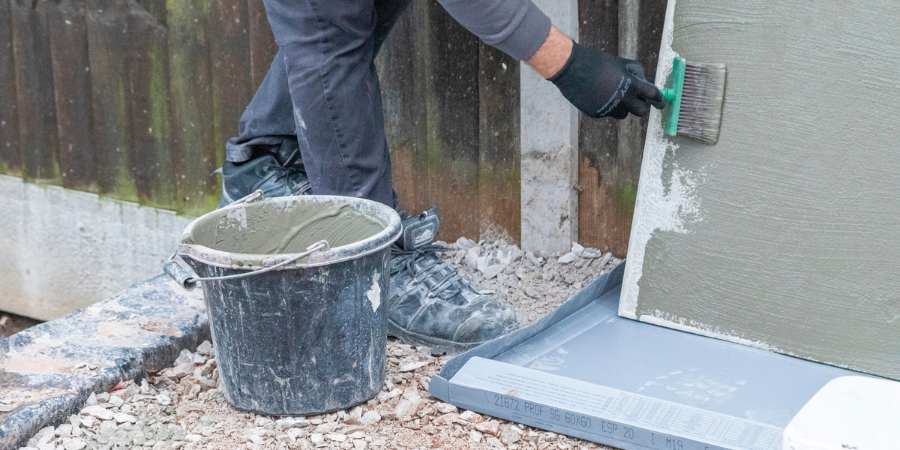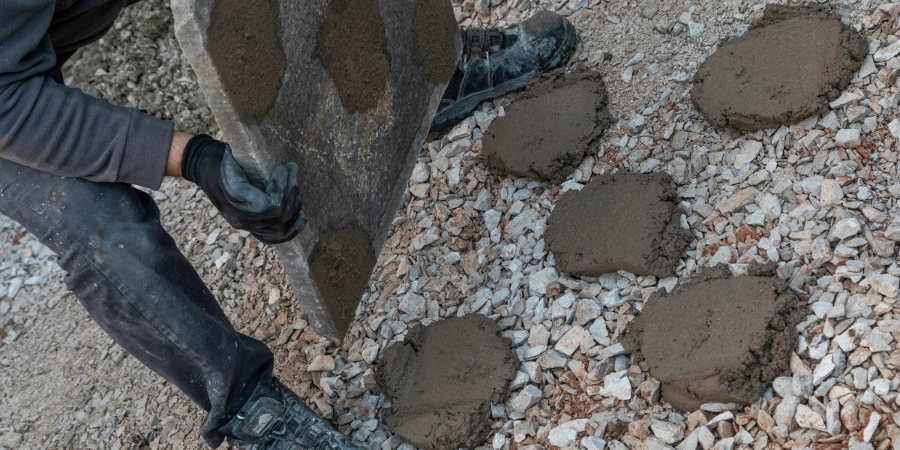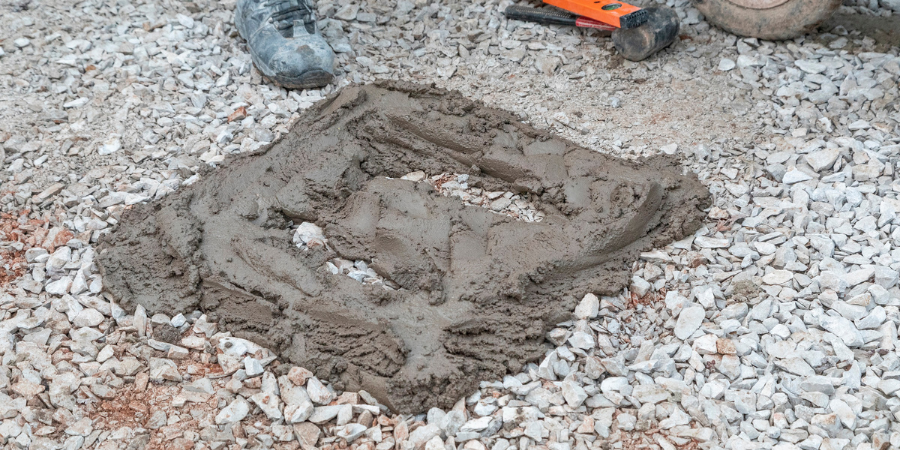How not to lay Patio Paving

How not to lay Patio Paving
Selecting a landscaper to install your paving can be a daunting task, especially if you are unfamiliar with the process. Whether you've decided to get someone to install our paving or have decided to do it yourself, It's essential to be aware of what to look for during installation to avoid issues down the line. Here are some important factors to keep in mind:
- Priming
British guidelines now specify that all types of pavers must be fully primed at a thickness of 2-3mm before being laid.


2. The base - the sub-base is key when laying your paving, its key to ensure you have a good base to avoid any issues with paving cracking or moving once laid. We always recommend a full bed with complete contact between the bed and the back of the product to ensure proper installation of Bradstone paving. There are a couple of common practices that we advise avoiding.
'Dot and Dab'
The 5 Spot Method should be avoided: This outdated approach was formerly used to install paving quickly and cheaply, but it can create voids beneath the paving and cause moisture to appear on the surface, especially with natural stone products.


Framing
Avoid creating a frame of bed around the edge and in the middle again this can create voids which invite issues with installation.


Laying the paving
Paving should not be laid on top of the existing patio as there's no way to know if the sub base is properly laid and could cause problems further down the line.. Any slight movement will lead to cracks in your new patio.
Once it is laid, paving should be 150mm (or two bricks) below damp proof course (DPC).
To give you peace of mind, our Bradstone Assured landscapers undergo rigorous checks, including monitoring of previous projects, to ensure their work meets our high standards. They are also kept up-to-date with new regulations and standards, so you can be confident that the job will be done properly. If you opt not to work with an assured landscaper for whatever reason, we have created a guide to help you avoid rogue traders in your area
If you have chosen to lay the paving yourself or want to know more about the steps involved in laying your chosen paving you can check out our handy Natural Stone, Concrete or Porcelain laying guides here.


